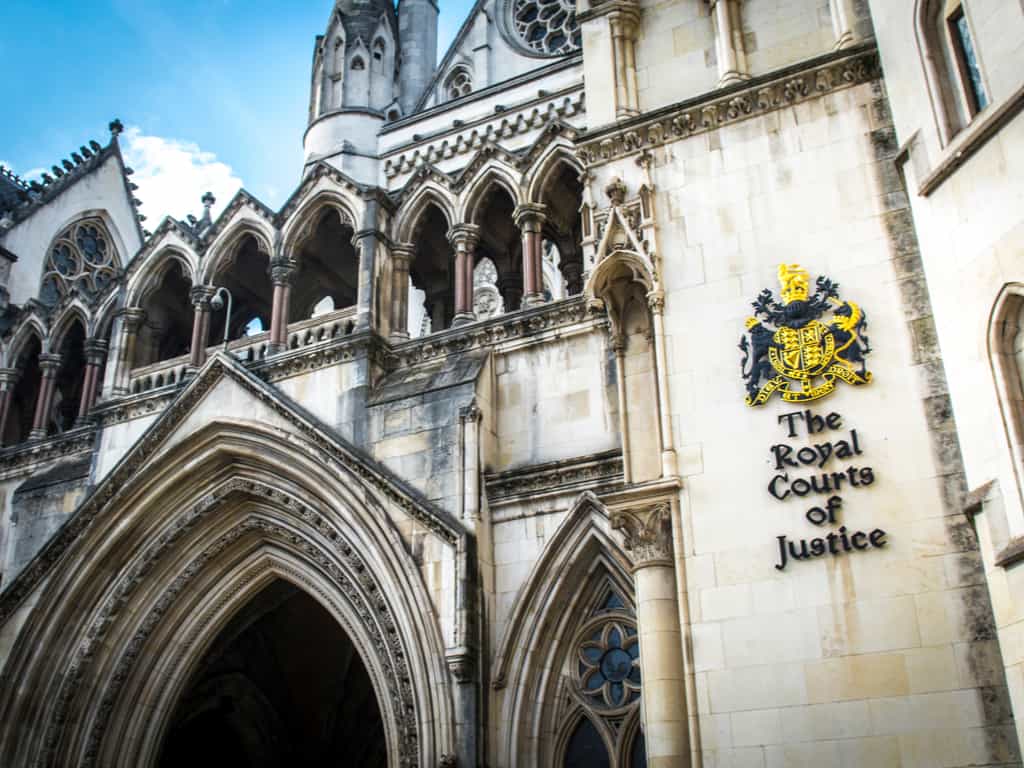Employment Tribunal procedure – covert recordings
Can an employment tribunal refuse to admit covert recordings?
No, says the EAT in Vaughan v London Borough of Lewisham & Others 2013.
In support of a discrimination claim, the Claimant applied for permission to rely on 39 hours’ worth of covert recordings that she had made, using a dictaphone, of contacts between herself and her managers and colleagues. She claimed that the recordings would show that official notes made by the Respondents were inaccurate or wrong. The Employment Judge refused the application.
On appeal, the EAT confirmed that whilst the practice of covert recordings is “very distasteful”, such recordings are not inadmissible simply because the way in which they were taken may be regarded as discreditable.
Based on the evidence produced by the Claimant, the EAT held that the Judge was right to refuse the application because it was not possible for her to form any view on the relevance and thus the admissibility of the tapes.
However, the EAT was not entirely happy with the Judge’s reasoning and at paragraphs 24 and 29, Underhill J recommends the procedure that should be adopted when there are covert recordings. He went on to say that parts of the material would be potentially relevant and admissible, and that if the Claimant lodged a more focused application, supported by transcripts of the recordings she sought to rely on, together with an explanation of why they are relevant, “she might get a different result”.



